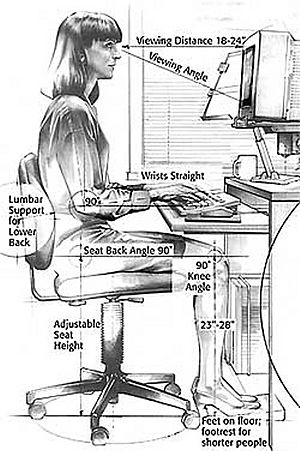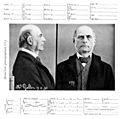Anthropometry facts for kids
Anthropometry is the study of measuring the human body. It looks at the measurements and proportions of different body parts. This helps us understand how people's bodies are shaped and how they grow.
How Anthropometry Started
Anthropometry was first developed by a French police officer named Alphonse Bertillon. He was born in Paris, France, in 1853. Bertillon created this system to help the police identify people more easily. Before this, it was hard to keep track of people who had been identified by the police. His system made it quicker for police to find information in their records.
What Measurements Are Taken?
The anthropometry system uses 10 main measurements of the body. These measurements help to create a unique record for each person.
- Height
- Stretch (arm span)
- Bust (chest measurement)
- Head length (from the top of the head to the forehead)
- Head width (from temple to temple)
- Cheek width
- Ear length (both left and right ears)
- Middle finger length
- Foot length
- Cubit (the length from the elbow to the tip of the middle finger)
Images for kids
-
A Bertillon record for Francis Galton, from a visit to Bertillon's laboratory in 1893
-
An early set of finger- and handprints by Sir William Herschel, 2nd Baronet (1833–1917)
See also
 In Spanish: Antropometría para niños
In Spanish: Antropometría para niños







